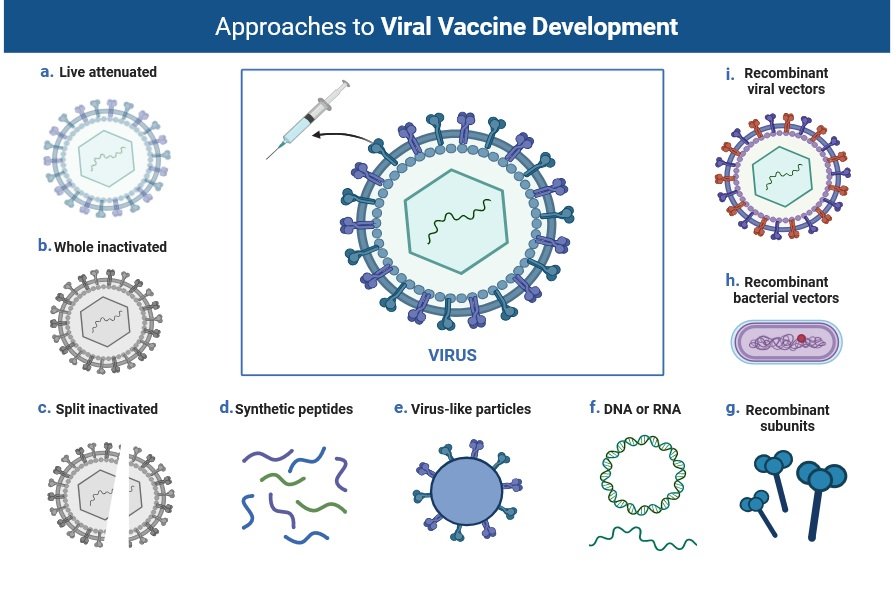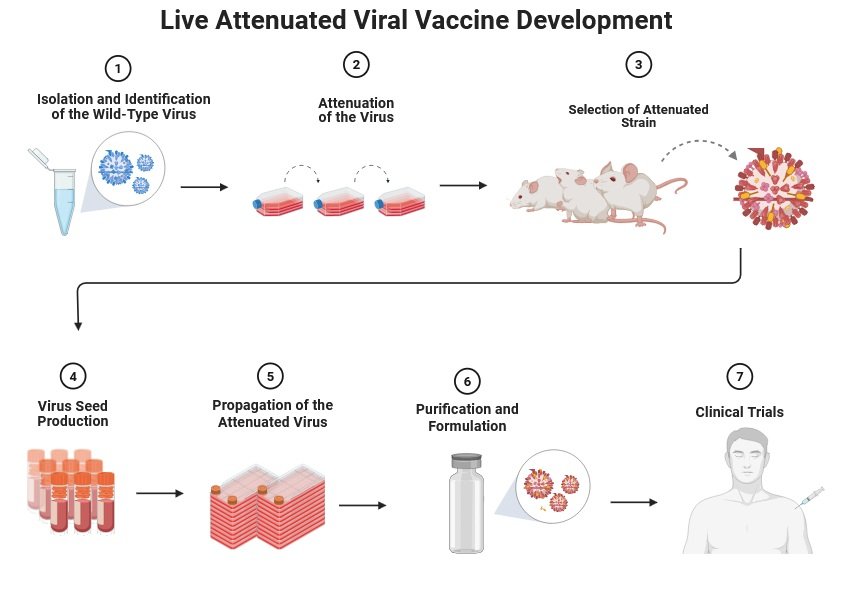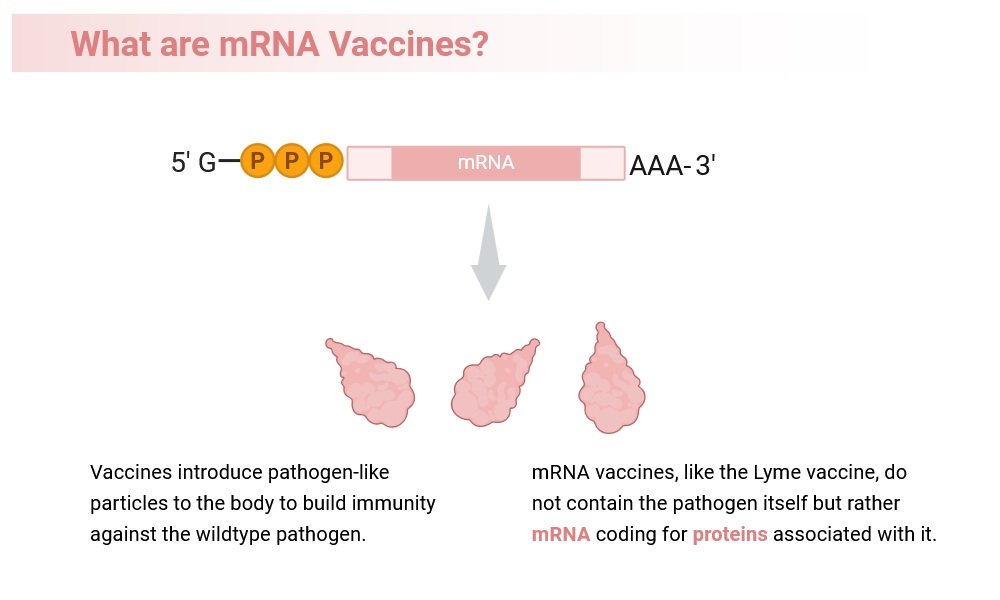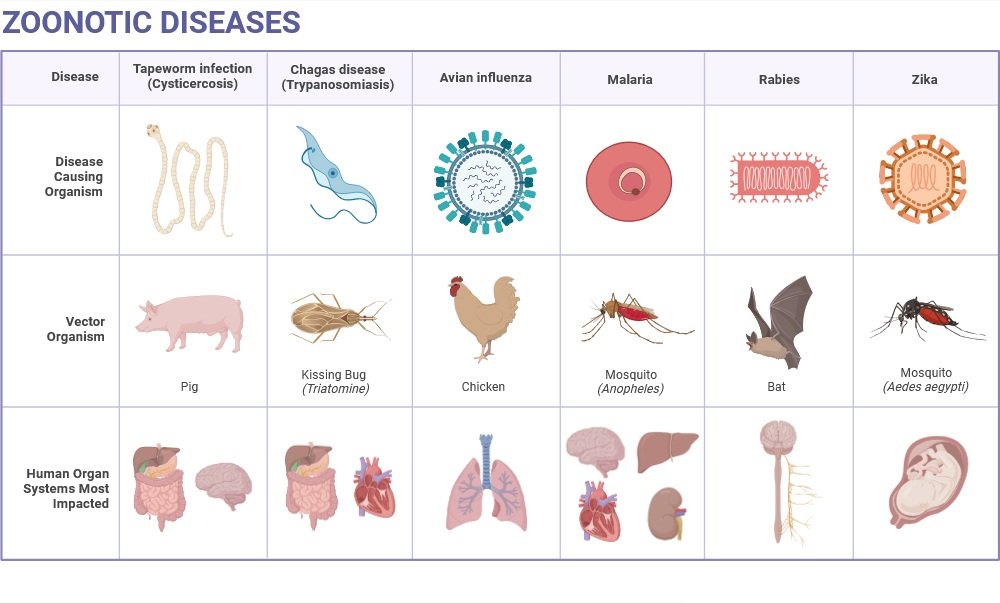Table of Contents
ToggleIntroduction
In this article, we will explore the 25 keyways how microbiology helps in vaccine development, from identifying pathogens to creating advanced genetic vaccines, supported by surveillance and biosafety systems.
Vaccines are one of the greatest achievements in modern medicine, responsible for saving millions of lives every year. Behind every successful vaccine lies years of research in microbiology—the science of microorganisms, including bacteria, viruses, fungi, and protozoa. Microbiology helps scientists understand pathogens, identify suitable antigens, design effective vaccine platforms, and ensure safe production.

1. Determining the Pathogen's Identity and Characteristics
Scientists can use microbiology to isolate, cultivate, and genetically identify pathogens like viruses and bacteria. This gives us knowledge of their virulence factors, surface proteins, and methods of host invasion, all of which are necessary for choosing appropriate vaccine targets.
2. Choosing and Finding Antigens
Microbiologists utilize genomic research, proteomics, and immunoassays to identify antigens that can induce significant immunological reactions. Antigen prediction is made possible directly from genetic data by contemporary techniques like reverse vaccinology and structural biology, which accelerates the discovery process.
3. Creating Vaccine Platforms
Microbiology guides the design of vaccine platforms. Depending on the pathogen, vaccines can be:
- Live attenuated
- Inactivated
- Subunit
- Conjugate
- Viral vector-based
- Nucleic acid (DNA or RNA) vaccines
For example, bacterial conjugate vaccines often use capsular polysaccharides, while viral vaccines rely on surface glycoproteins.

4. Manufacturing Vaccine Antigens
Microbial expression systems, such as E.coli or yeast, are used to generate antigens. Insect or mammalian cell cultures are utilized when more complicated proteins are needed. Microbiologists employ regulated mutations or passage procedures in the production of live attenuated vaccines in order to weaken pathogens without compromising their immunogenicity.
5. Formulation, Adjuvants, and Delivery
The study of microbiology offers insights into adjuvants that promote more targeted or robust immune responses. Several adjuvants are made from microbial components like lipopolysaccharides or other cell wall compounds. The method of delivery, such as intramuscular, oral, or intranasal, is determined by the way the pathogen usually infects the host.
6. Testing in Preclinical Settings
Microbiological assays are used to determine antigen expression, stability, and immunogenicity. Microbiologists create challenge studies using relevant strains to test safety and protection against infection in animal models.
7. Safety and Quality Assurance
Microbiological quality control ensures vaccines are safe. Testing includes:
- Sterility assays
- Potency validation
- Inactivation checks
These processes guarantee vaccines are consistent and contamination-free.
8. Increasing Production and Expanding
In optimizing fermentation, purification, and formulation processes, microbiology is essential. Microbiologists create controls to reduce the risk of contamination and preserve product quality at industrial levels.
9. Surveillance and Strain Selection
Continuous microbiological surveillance helps monitor the evolution of pathogens and the emergence of new strains. This data is critical for updating vaccines, particularly influenza vaccines, which must be reformulated regularly due to antigenic drift.
10. Current Vaccine Techniques
Modern microbiology has enabled breakthroughs such as:
- Viral vector vaccines (e.g., adenovirus-based COVID-19 vaccines)
- mRNA vaccines (e.g., Pfizer-BioNTech, Moderna)
These rely on microbial systems to construct expression vectors and validate antigen production.

11. Safety Oversight and Regulatory Science
Microbiology is essential to the creation of viral-vector vaccines and mRNA platforms. The creation of expression constructs, the confirmation of antigen production, and testing in models of infectious disease are all made possible by understanding microbial systems.
12. Microbiology's Challenges in Vaccine Development
Key challenges include:
- Antigenic variation of pathogens.
- Manufacturing contamination risks.
- Stability issues during storage and transport.
Microbiology helps address these challenges through innovative vaccine design and biosafety protocols.
13. Future Course of Vaccine Research
In the future, vaccine research will combine genomics, proteomics, computational biology, and microbiology to create superior antigens. Engineered microbes could be used as vaccine vectors or as a source of innovative adjuvants. The use of high-throughput microbiological assays and AI-driven prediction techniques is anticipated to accelerate and improve the accuracy of vaccine development.
14. Knowing How Pathogens Interact with Hosts
Microbiology reveals how pathogens evade immunity through antigenic variation, toxin production, and biofilm formation. Vaccine design targets conserved pathogen features to prevent escape.
15. Application of Microbial Models in Research
- To assess immunological responses and delivery systems, attenuated strains of bacteria and viruses are employed as models.
- Antigens are delivered via vectors such as non-pathogenic microorganisms (e.g., Lactobacillus) or viral vectors like adenovirus.
16. Creation of Combination Vaccines
- To create multivalent vaccines that provide protection against several pathogens in a single dose, microbiologists examine the compatibility of various antigens and adjuvants.
- Understanding microbial cross-reactivity can help prevent interference or diminished immunological reactions.
17. Keeping an Eye on Microbial Communities (Microbiome Influence)
- By affecting immunity, the human microbiome affects how well vaccines work.
- Microbiologists investigate these interactions in order to enhance the effectiveness of vaccines, particularly for vulnerable groups like new-borns, the elderly, and people with compromised immune systems.
18. Breakthroughs in Delivery Systems
- Microbiology helps in the creation of new delivery methods, such as oral, intranasal, and transdermal vaccines.
- Live recombinant viruses or bacteria are designed to colonize mucosal surfaces and deliver antigens directly to the immune system.
19. Contribution to the Development of DNA and RNA Vaccines
- Microbiological methods are necessary for cloning target genes, optimizing codons, and creating DNA or RNA molecules.
- These genetic vaccine platforms are made stable, safe, and have regulated expression thanks to the work of microbiologists.
20. Addressing New and Recurring Diseases
- Microbiology offers genomic sequencing and quick diagnostic techniques for finding novel pathogens (such as SARS-CoV-2).
- Within weeks of identifying a new threat, these discoveries make it possible to immediately create potential vaccine candidates.
21. Contribution to the Discovery of Adjuvants
Microbial products serve as adjuvants:
- Saponins
- CpG motifs (bacterial DNA)
- MPL (lipopolysaccharide derivative)
These boost immune responses safely and effectively.
22. Storage and Cold Chain Solutions
- Microbiologists assist in developing formulations that keep antigens stable at varying temperatures.
- The addition of stabilizers, freeze-drying techniques, and thermostable vaccine innovations are guided by research on microbial stability.
23. Microbial Monitoring Following Vaccination
- Microbiological surveillance aids in determining the vaccine’s impact on pathogen prevalence and identifying vaccine escape mutants.
- Genomic epidemiology is employed to assess long-term efficacy and modify vaccine strategies.
24. Development of Biocontainment and Biosafety
Dangerous microbes are frequently used in vaccine research. Microbiologists develop biosafety standards (BSL-2, BSL-3 laboratories) and create secure handling procedures for handling live pathogens during vaccine development.
25. Zoonotic Diseases and Global Health
- Many vaccines are created to combat zoonotic organisms.
- The field of veterinary microbiology aids in the development of vaccines for both animals and people as well as in the prediction of spillovers.
- As a preventative measure, microbiologists monitor pathogen reservoirs and antimicrobial resistance in animals, which informs vaccine development.

Conclusion
Microbiology plays a central role in every stage of vaccine development—from identifying pathogens to manufacturing, testing, and monitoring effectiveness. With advances in genomics, proteomics, and computational biology, microbiology continues to push vaccine science forward. As emerging diseases pose new challenges, microbiology ensures the world is better prepared with innovative, safe, and effective vaccines.
Frequently Asked Questions (FAQ)
Q1. Why is microbiology important in vaccine development?
Microbiology helps identify pathogens, select antigens, design vaccine platforms, and ensure safe large-scale production.
Q2. How do microbiologists choose vaccine antigens?
They use genomic sequencing, immunoassays, and computational methods like reverse vaccinology.
Q3. What role does microbiology play in mRNA vaccines?
Microbiological methods allow gene cloning, expression validation, and optimization of RNA constructs for safe delivery.
Q4. How does microbiology improve vaccine safety?
By conducting sterility tests, potency assays, and biosafety monitoring throughout manufacturing and distribution.
Q5. Can microbiology help fight future pandemics?
Yes, rapid microbial sequencing and surveillance allow scientists to design vaccine candidates within weeks of detecting a new pathogen.
Also Read
- Branches of Microbiology: An Overview of Key Fields
- Importance of Microbiology: Applications, Scope, and Benefits
- What is Microbiology? History, Scopes & Applications
- Microbiology Experiments for Students: A Complete Guide
- Agriculture Microbiology Research Topics: Innovations Driving Sustainable Farming
- Microbiology: From Microorganisms to Career Opportunities
- Culture Staining Techniques in Microbiology: Types, Methods, and Applications
- Antibiotics: Introduction, History, Mechanism and Applications
- Latest Research Topics In Microbiology
- Microbiology Notes
- Bacteriology Notes

